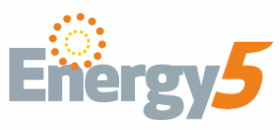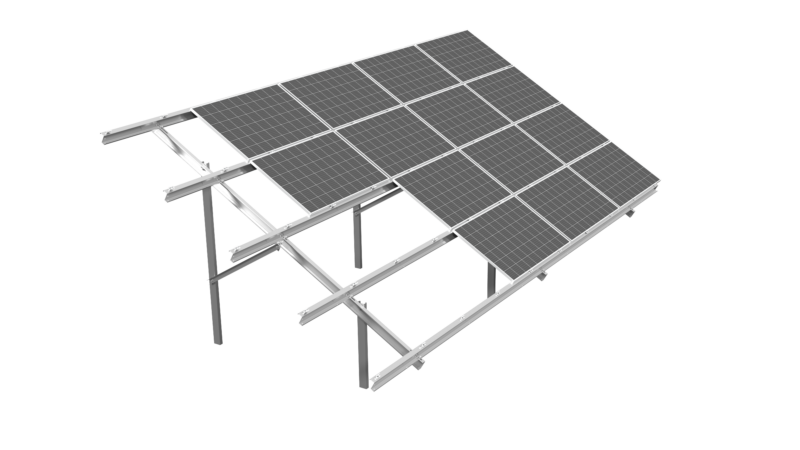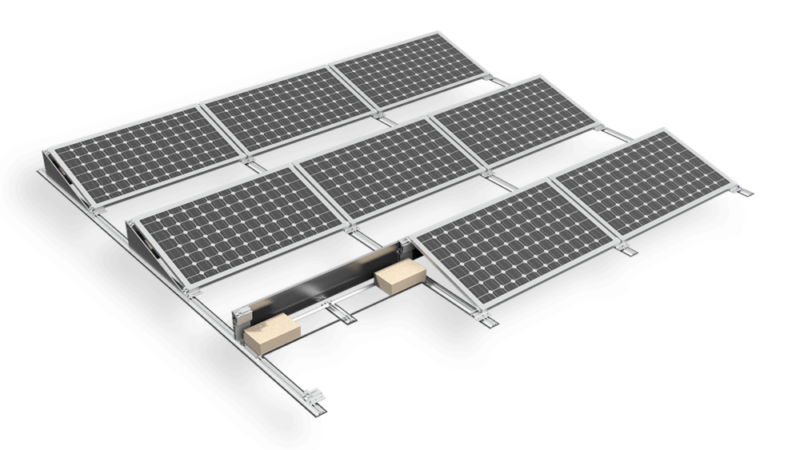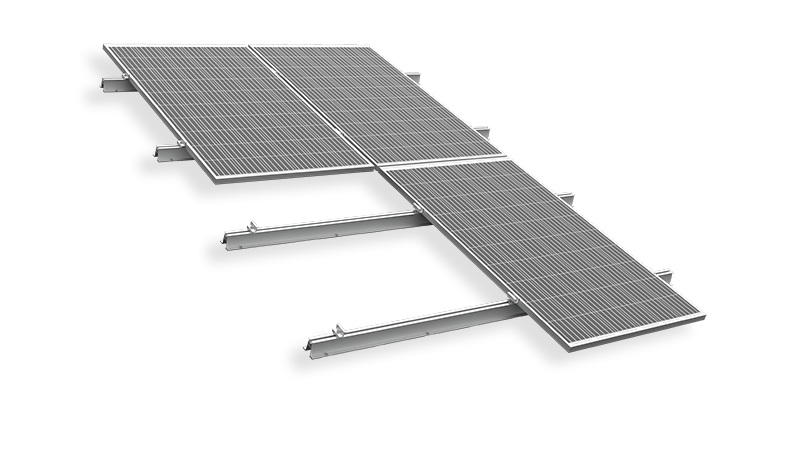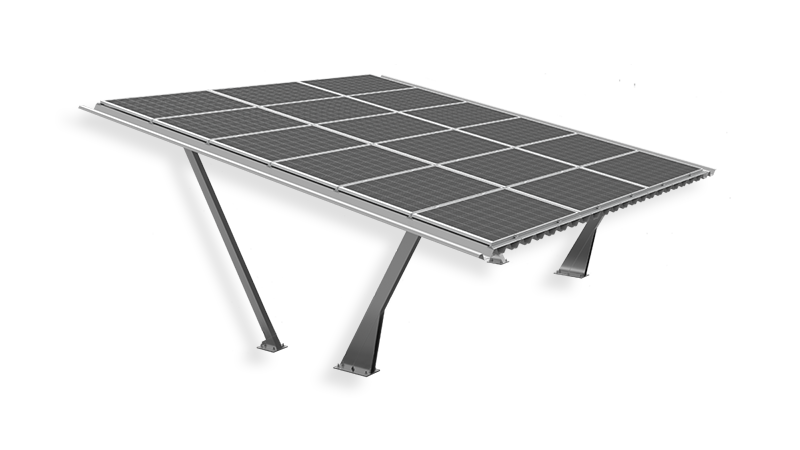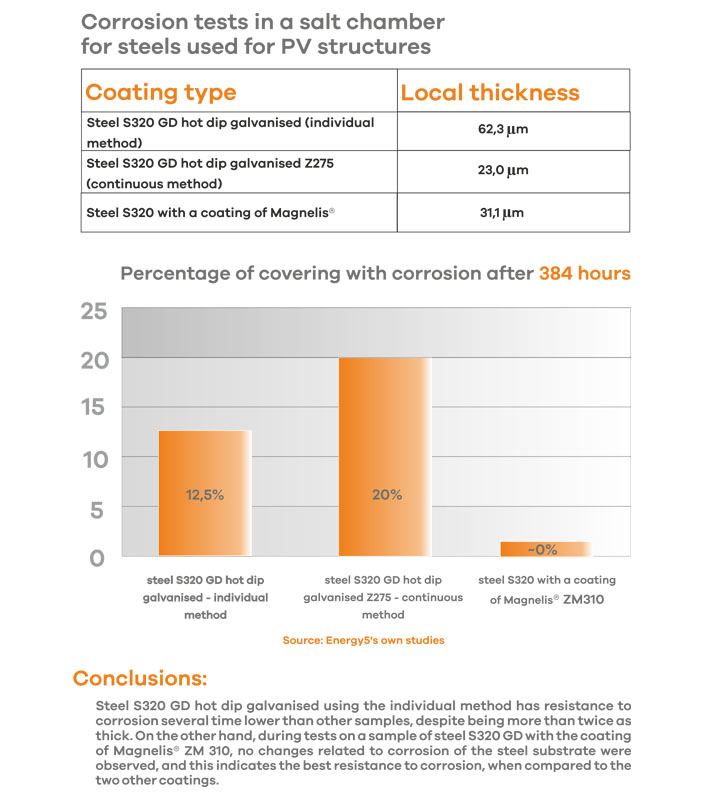Tests and certificates
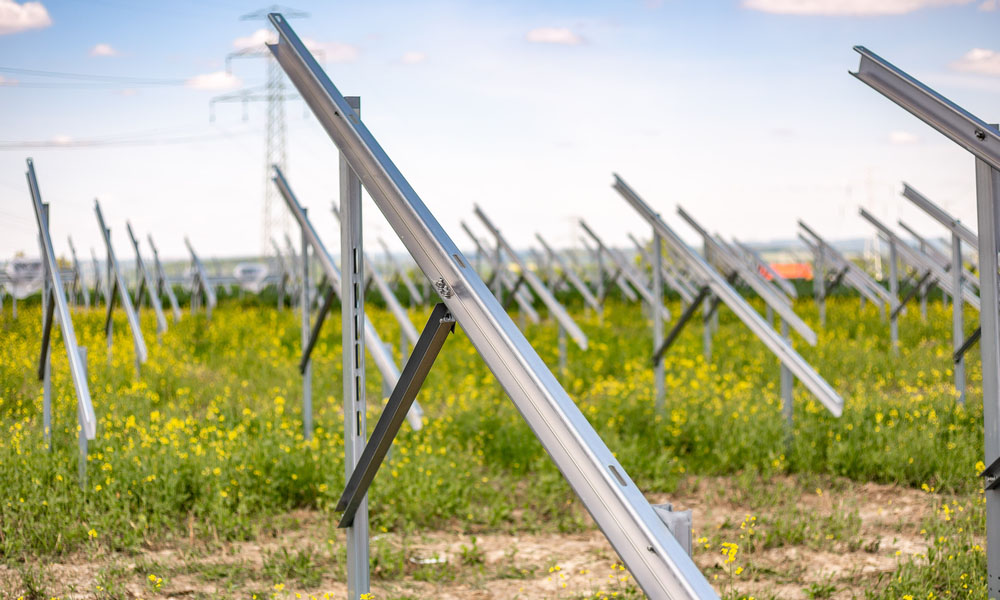
Designs certified with the Polish Technical Approval
The Polish Technical Approval authorises our company to:
- – prepare a national performance declaration for the fixture kit,
- – marking our products with the construction mark B.
Customers for our structures are granted the safety guarantee that is the best in the market, as well as confirmation of the most extensive range of technical parameters, extending beyond parameters declared under PN-EN 1090-1.
The technical parameters that cannot be declared under PN-EN 1090-1, and which are crucial in terms of safety and durability in use, include:
- tests of connection strength;
- load tests for PV panels with a structure, for wind and snow loads;
- forces transferred by middle and end fixing clamps;
- kit resistance to being hit by a heavy soft or hard light body;
- resistance to being hit by stones.
The specified technical parameters play a very important role for safety of the product use and its durability, taking into account fixtures stability or attempts to destroy the structure.

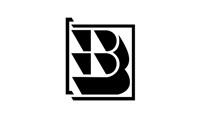

Advantages of the Polish Technical Approval
The Polish Technical Approval belongs to reference documents, enabling placing of a construction product in the market. These reference documents include relevant standards (harmonised and Polish Norms for the products) and Technical Assessments (Polish Technical Approvals (KOT) and European Technical Assessments). Before placing a given structure in the market, its manufacturer is responsible for specifying a product type and performance of essential product characteristics that contribute meeting of basic requirements by construction facilities in which they will be used.
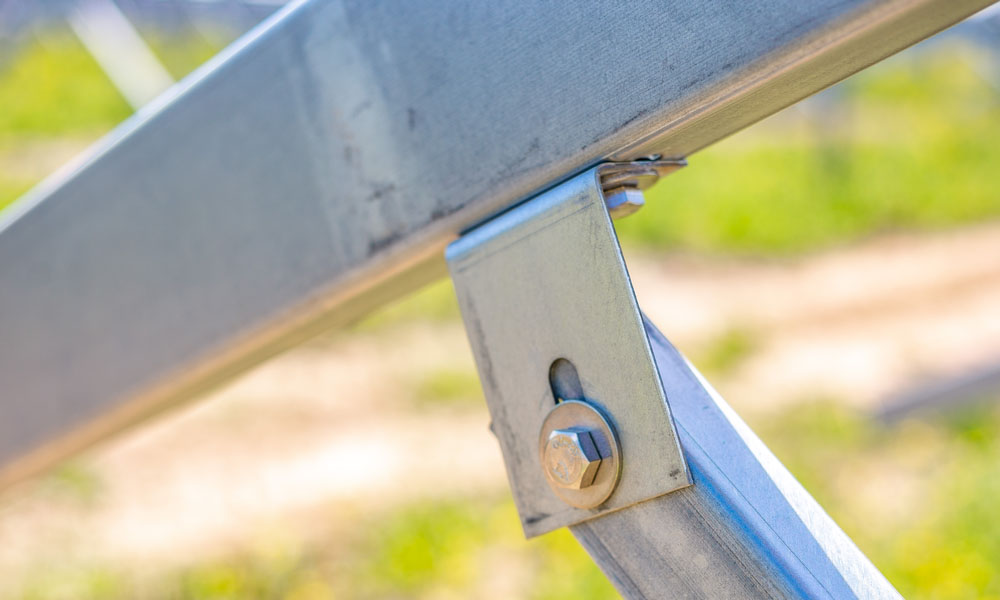
Energy5 structures conform to EN 1090
We hold certificates confirming meeting the requirements of EN 1090-1, EN 1090-2, and EN 1090-3, proving that we operate in accordance with relevant EU legislation. For our Customers, this ensures that the company has a required Plant Production Control System and product certification (CE).
- A national certificate of conformity for the plant production control
- A national certificate of conformity for the plant production control_2
- A national certificate of conformity for the plant production control according to EN 1090-1, EN 1090-2 and EN 1090-3
- TUV Certificate
- TUV Certificate – photovoltaic tracker
- Patent Document 246113
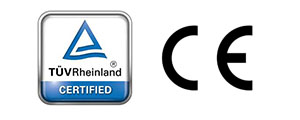

Meeting the requirements of ISO 9001: 2015, 45001: 2018, 14001: 2015 standards
Energy5 has successfully implemented:
- Quality Management System in accordance with ISO:9001:2015,
- Occupational Health and Safety Management System in accordance with ISO 45001:2018,
- Environmental Management System in accordance with ISO 14001:2015.
The certificates received by Energy5 are a confirmation of compliance with quality standards, commitment to the creation of safe workplaces and care for the environment.
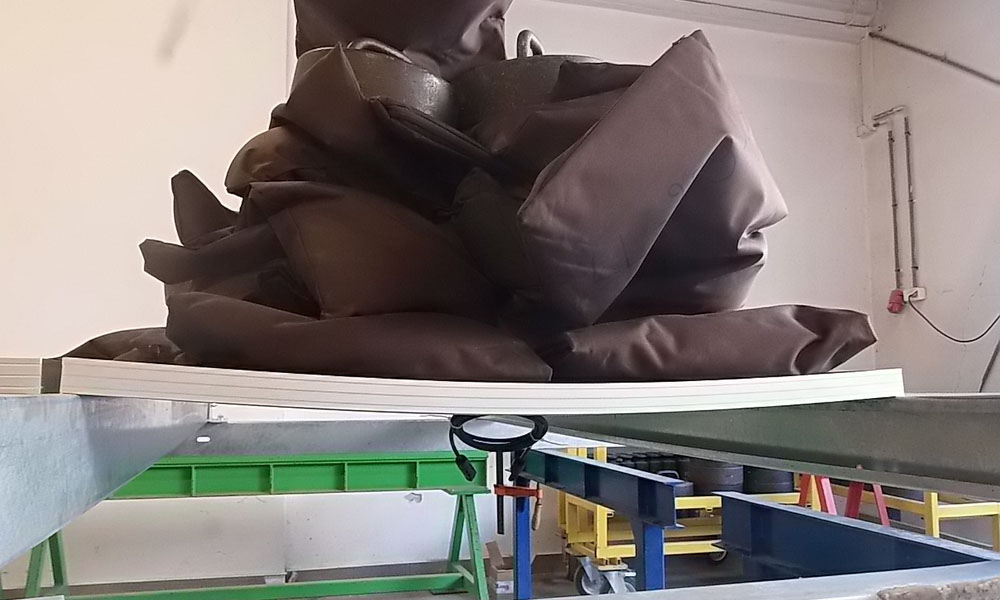
Make sure that relevant legal requirements are met
Check whether the structures are tested as a kit
Remember that according to Regulation No. 305/2011 of the European Parliament and of the Council (EU) it is not acceptable to assemble a substructure of several fixing components purchased from different suppliers and not tested together.
TYPE tests
To obtain the Polish Technical Approval we had to perform a number of tests, known as TYPE tests, conducted at the Building Research Institute. These tests confirm technical characteristics of the products, such as:
- product classification in terms of their shape and dimensions, for conformance with PN-EN 7559:2010,
- classification of aluminium profiles according to their durability, in accordance with PN-EN 1999-1-1:2011 (in this respect they are included in class B – without protective coating, and this means that they can be used in environments of a corrosion class C1, C2 and C3 in accordance with PN-EN ISO 12944-2:2001),
- connections strength,
- PV panels loading, including their supporting structure,
- system strength on a flat roof in a wind tunnel,
- system susceptibility to corrosion in salt and sulphur chambers,
- strength of glued Aero S and Aero EW systems for covering with a membrane.
Corrosion tests in a salt chamber used for PV structures

